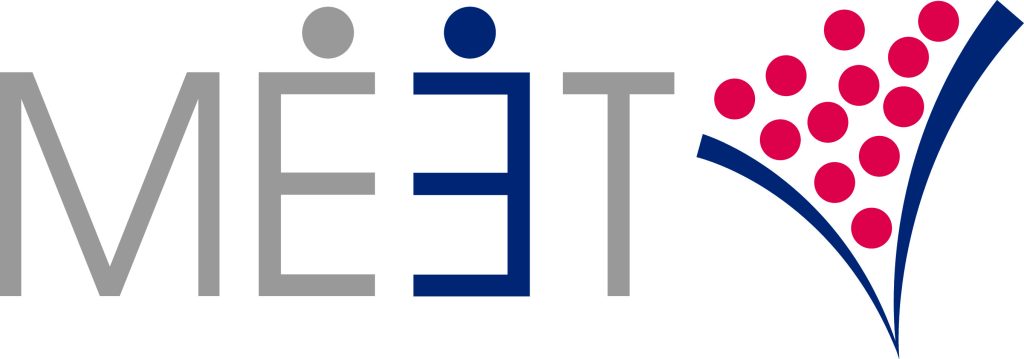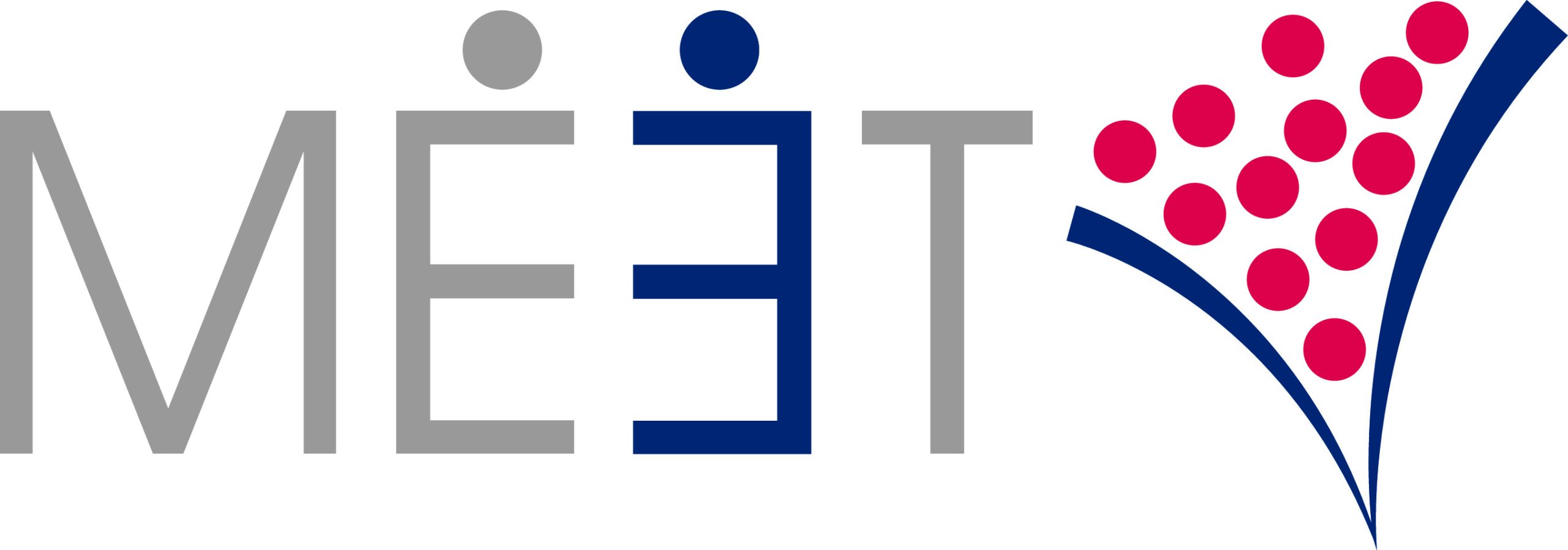 Succeeding at U.S. market-entry is such an enormous task it’s no wonder people look for shortcuts. And yet, it is these shortcuts, these efforts to predict success without the investment to prove it, that are the greatest source of failure for scaling firms.
Succeeding at U.S. market-entry is such an enormous task it’s no wonder people look for shortcuts. And yet, it is these shortcuts, these efforts to predict success without the investment to prove it, that are the greatest source of failure for scaling firms.
To explore this topic of how to avoid shortcuts to U.S. market-entry, we spoke with Priscila Bala, Head of the New York Office for Octopus Ventures and the driving force behind Question the Questions, a comprehensive resource guide on U.S. expansion.
What is the riskiest shortcut a scaling firm can take?
The riskiest shortcut is mistaking initial traction for product market fit. According to Priscila, “the challenge is when companies start getting to that $1-3 million mark, they’re feeling great, and they’re thinking we got this, we found our product market fit, now we can expand.”
In fact, as Priscila points out, getting a certain number of customers doesn’t necessarily mean that your company will be able to meet the next scale-up milestone and the one after that.
That’s because the bigger the market is, the larger the share of innovators who want to try new things and have the budgets to do so. Early success in this environment is crucial, but it also puts you at risk of misreading these results in terms of growth capacity.
“Until you’ve had the opportunity to go through some periods of churn and repeatability to understand the patterns around what customer retention means for you, it is very difficult to know you’ve found product-market fit.”
The benefit of an all-in approach
Octopus Ventures works with some of the most successful European-based companies exploring U.S. market-entry. We asked Priscila for a prime example of an all-in, no shortcut approach to scaling. Here’s what she shared.
“Graze, a UK-based subscription snack company, started initially shipping snacks to Americans from the UK. But in order to truly test the market, they invested in an Americanized website and customer service in U.S. time zones. The data signals they received from this were strong and because they were already doing $20-30 million in revenue at home, they could do it properly.”
“In a matter of a year, Graze had scaled in the U.S. bringing in an additional $20 million. They not only got the testing right, but the timing as well. They were able to focus on scaling because the home business was secure.”
Protecting yourself against a false positive result
Even for those who aren’t necessarily looking for shortcuts, there’s always a risk of getting a false positive on your market-testing results. We asked Priscila how she helps clients protect against this.
“The process of ensuring against a false positive is going to vary a lot depending on the context, the industry, and the stage the company is in.” Priscila points out that in instances where products have multi-year contracts or platform integrations that make it difficult for customers to walk away, retention data may be skewed.
In cases where it’s easy for customers to walk away from your product, the process of ensuring against a false positive is different.
“We want to see data like really high NPS (Net Promoter Scores), and what percentage of customer acquisition is word-of-mouth versus paid. It’s truly a matter of stress testing, looking at the sensitivities. If we’re wrong, what’s going to happen and at what price, and if we’re right, do we risk anything by waiting six months or a year.”
Withstanding the journey of U.S. market-entry
 As Priscila points out, scaling into the U.S. market is a bit like the Odyssey.
As Priscila points out, scaling into the U.S. market is a bit like the Odyssey.
Odysseus knew where he wanted to go but it took him ten years and he had a number of adventures along the way.
“You have the destination in hand but it’s important to be flexible about the journey.”
Doing customer development right, without shortcuts, will take time. Part of success is being able to withstand the ride and seeing value in precision.
To hear more from Priscila about the challenges and best practices to U.S. market entry, check out our full interview: Reviewing Octopus Venture’s Treatise on U.S. Market Entry: “Question the Questions.”
For access to all of MEET’s webinar content on how to successfully scale your company in the U.S. market through trade shows and in-person events, subscribe to our YouTube Channel.
About
MEET (meetroi.com) helps international B2B growth companies soft land and scale in the U.S. through trade shows and in-person events. MEET’s processes help its clients ramp-up sales quickly and maintain a steady stream of high-quality prospects going forward. Contact Bill Kenney for a free, no-obligation consultation bill@meetroi.com or +1 (860) 573-4821

